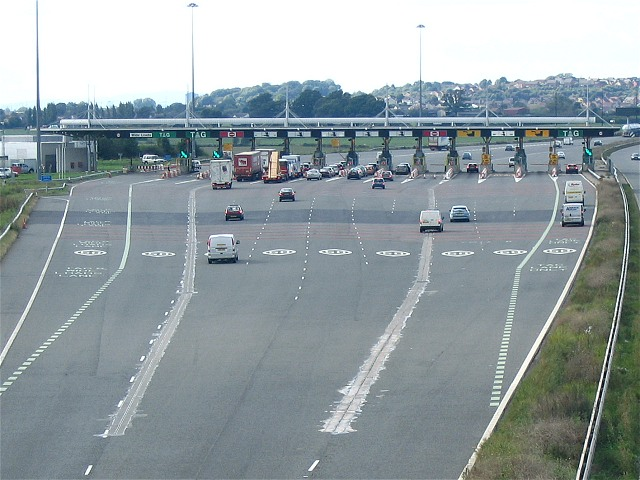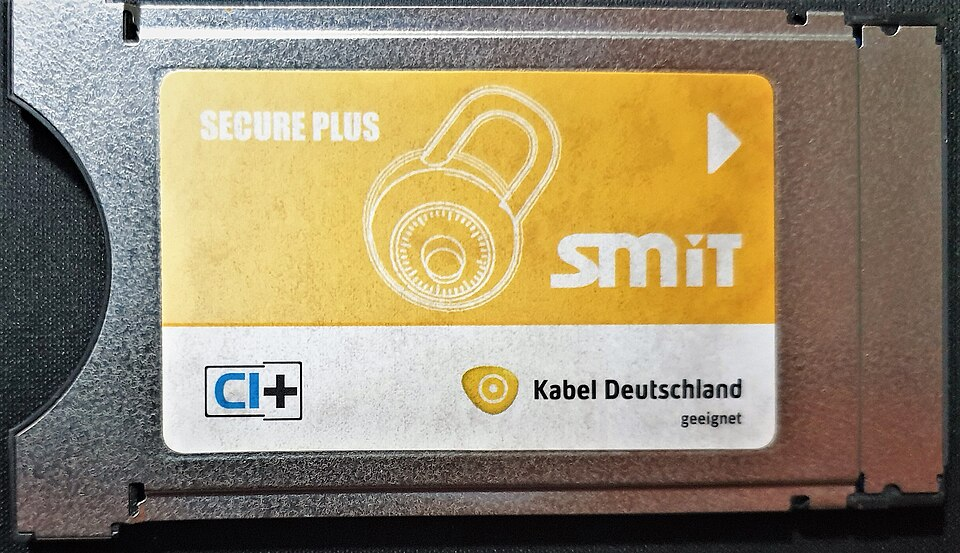AQA Specification focus:
‘Circumstances when a public good may take on some of the characteristics of a private good and become a quasi-public good.’
Introduction
Quasi-public goods sit between pure public goods and private goods, sharing characteristics of both. They demonstrate how goods can shift categories, depending on technology, policy, and context.
Defining Quasi-Public Goods
A quasi-public good is one that possesses some but not all characteristics of a pure public good. Pure public goods are non-rival and non-excludable, while private goods are rival and excludable. Quasi-public goods often fall somewhere in between, displaying mixed characteristics.
Quasi-public good: A good that exhibits characteristics of both public and private goods, often being partially rival or partially excludable.
This category is important because it shows how real-world goods rarely conform perfectly to theoretical definitions.
Characteristics of Quasi-Public Goods
1. Partial Excludability
Excludability refers to whether people can be prevented from consuming a good once it is provided. Pure public goods are fully non-excludable, while private goods are fully excludable. Quasi-public goods often allow some degree of exclusion.
Example: Roads are often free to access (non-excludable), but tolls or congestion charges make them partially excludable.
“A toll road is excludable (via pricing or gates) and typically non-rival until congestion sets in, so it is a classic club good.”

A noncongested toll road exemplifies a club good: users can be excluded through pricing or barriers, but one person’s use does not diminish others’ use at low load. When traffic rises, congestion introduces rivalry. Source
2. Partial Rivalry
Rivalry occurs when one person’s consumption reduces availability for others. Pure public goods are non-rival, while private goods are rival. Quasi-public goods may become rival when overused.
Example: A public beach is largely non-rival, but if overcrowded, additional users reduce enjoyment for others.
3. Variability Depending on Circumstances
Quasi-public goods often shift along the spectrum depending on context, policy, or technology.
A motorway is non-rival when empty, but rival during peak traffic.
Digital broadcasts were once non-excludable, but technological advancements (e.g., encryption) introduced excludability.
Examples of Quasi-Public Goods
Roads and Highways
Generally non-excludable and non-rival when traffic is light.
Become rival during congestion.
Can be made excludable through toll systems or restricted access.
Parks and Beaches
Accessible to all, making them non-excludable.
Can become rival with overuse (e.g., overcrowding, environmental degradation).
Excludability may be introduced via entrance fees or permits.
“Parks and beaches are often non-excludable, but crowding makes them rival in use, illustrating how characteristics vary with context.”

Crowding on an open public beach makes use rival: each additional user reduces space and amenity for others. This demonstrates how quasi-public goods can shift along the rivalry dimension as load increases. Source
Education and Healthcare
Provided publicly and accessible to all in many countries.
May involve rivalry due to capacity limits (e.g., limited seats in schools or hospital beds).
Excludability is possible through private provision or user fees.
Broadcasting Services
Historically non-excludable and non-rival (traditional TV signals).
Now quasi-public due to encryption and subscription services (e.g., satellite TV).
“Digital television and radio can be made excludable through encryption and subscription, turning a formerly non-excludable broadcast into a club good.”

A Conditional Access Module (CI+) and smart card implement encryption for pay TV, restricting access to paying subscribers. This shows how technological change alters excludability in broadcasting. Extra detail: the CI+ hardware specification is beyond AQA but clarifies the mechanism. Source
Economic Implications of Quasi-Public Goods
Efficiency Issues
Because quasi-public goods have mixed characteristics, they are prone to market failures if left solely to market forces:
Under-provision if treated as private goods (due to lack of universal access).
Overuse and congestion if treated purely as public goods.
Government Role
Governments often intervene to manage provision and access:
Funding to ensure accessibility (e.g., public healthcare).
Regulation to prevent congestion or environmental damage (e.g., fishing quotas).
Use of pricing mechanisms like congestion charges to balance demand.
Equity Considerations
Quasi-public goods often raise issues of fairness:
Should access depend on ability to pay (excludability)?
How to balance free provision with limited resources?
Causes of Quasi-Public Characteristics
1. Technological Change
Advances in technology frequently shift goods from public to quasi-public:
Digital encryption allows once non-excludable goods (broadcasts, online content) to become excludable.
2. Resource Scarcity
Non-rival goods can become rival when usage exceeds capacity:
Overcrowded public transport turns non-rival provision into rival consumption.
3. Policy and Regulation
Governments may deliberately introduce or remove excludability:
Charging for museum entry creates excludability.
Subsidies and free entry maintain non-excludability.
Diagrams and Analytical Tools
Public vs Private vs Quasi-Public
On a spectrum:
Public goods (non-rival, non-excludable).
Private goods (rival, excludable).
Quasi-public goods occupy the middle, varying by degree of rivalry and excludability.
A typical diagram may show how demand increases congestion, shifting a good from non-rival to rival. While not always required, such diagrams can clarify the dynamic nature of quasi-public goods.
Importance in Economics
Quasi-public goods illustrate why economics often deals with gradations rather than absolutes. Real-world goods often resist simple classification, and understanding their mixed characteristics helps economists analyse market efficiency, government intervention, and welfare implications.
They highlight limitations of free markets in providing goods that balance equity and efficiency.
They show the necessity of government decisions about provision, funding, and regulation.
They provide insight into modern challenges like digital access, environmental sustainability, and healthcare funding.
FAQ
Quasi-public goods are partially excludable, meaning access can be restricted (e.g., toll roads, subscription TV). Common resources, such as fisheries, are non-excludable but rival, leading to overuse without controls.
Yes. Technological innovation or policy can shift goods along the spectrum. For example, once free-to-air television is now fully private when access is entirely subscription-based, making it excludable and rival.
Transport networks often display mixed characteristics:
Empty roads are non-rival.
Peak-hour roads become congested and rival.
Toll systems introduce excludability.
This makes managing demand through pricing and investment a central issue for policymakers.
Not always. In some cases, private firms can provide them efficiently when excludability is easy to enforce, such as subscription streaming. However, government is often needed when congestion, fairness, or universal access is important.
Environmental spaces, such as national parks, often operate as quasi-public goods. They are broadly accessible but can become rival due to overcrowding, pollution, or habitat damage.
Governments may introduce entry fees, visitor caps, or zoning policies to balance access with sustainability.
Practice Questions
Define a quasi-public good and give one example. (2 marks)
1 mark for correct definition: A good that has some characteristics of a public good but is partly rival and/or partly excludable.
1 mark for a valid example: e.g. roads, beaches, parks, broadcasting services with encryption.
Explain why roads can be considered quasi-public goods and assess the potential economic problems that may arise from their use. (6 marks)
Up to 2 marks for explanation of why roads are quasi-public:
Non-excludable when open/free to use.
Can be made excludable through tolls or congestion charges.
Non-rival when traffic is light but rival when congested.
Up to 2 marks for identification of potential economic problems:
Congestion as overuse creates rivalry.
Risk of under-provision if left to private market.
Equity concerns if tolls restrict access.
Up to 2 marks for assessment:
Weighing efficiency vs equity issues.
Considering the role of government intervention (e.g., regulation, subsidies, congestion charges).
Reference to whether quasi-public status makes purely market provision ineffective.
(Max 6 marks: strong answers will include both accurate explanation and evaluative points.)

